Don’t you just love the fragrance and flavor of vanilla? Most folks do. In fact, the United States is the second largest consumer of vanilla per capita worldwide.
While much of the world’s vanilla extract is synthetic, gourmet chefs and foodies alike know there is nothing like the flavor of pure, natural vanilla to add a smooth, rich taste to sauces, cookies, cakes, and everyone’s favorite, ice cream.
A vigorous growing, vining orchid, the vanilla plant is the only orchid cultivated for commercial products. While there are more than 100 different species of vanilla orchid native to tropical climates worldwide, the most popular varieties include Vanilla planifolia and Vanilla pompona which are native to Mexico, Central, and South America.
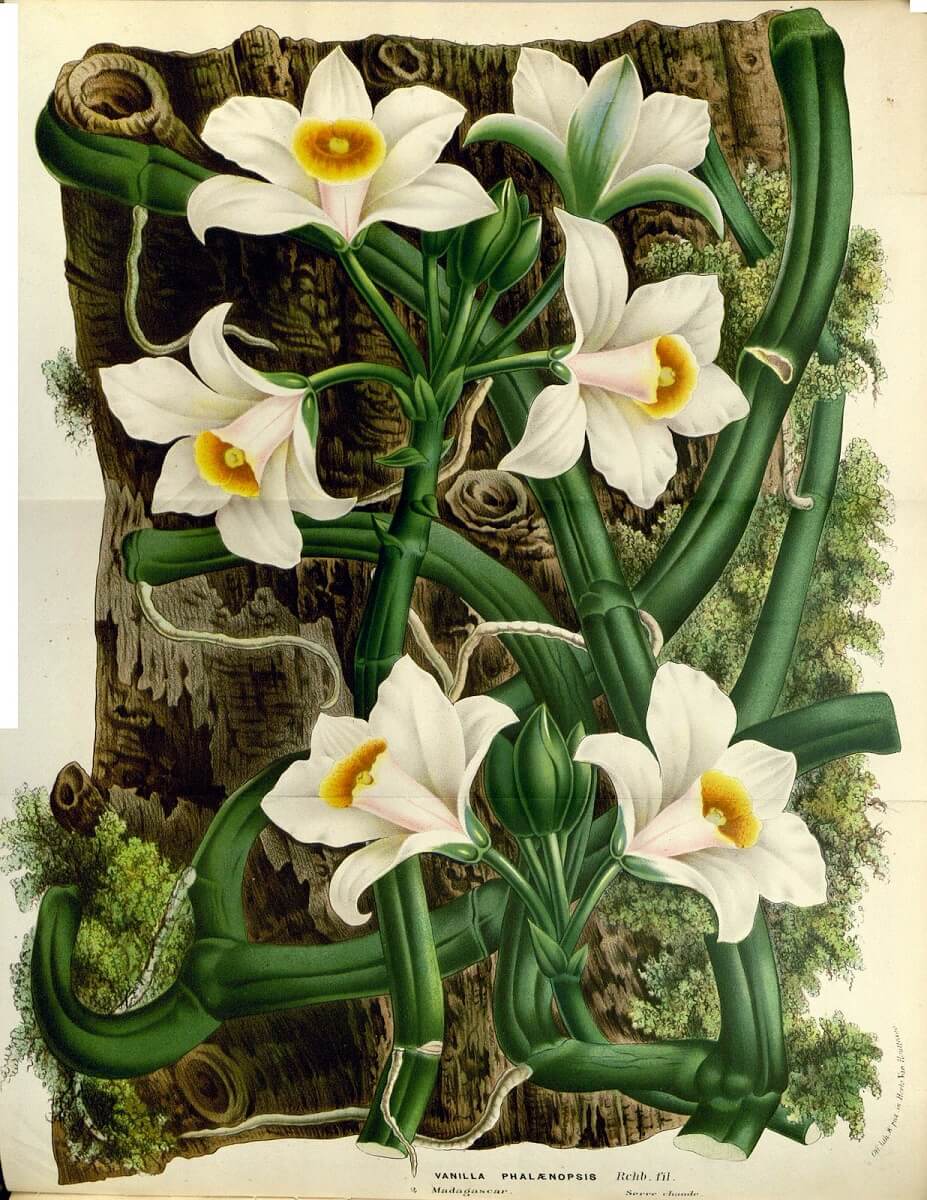
Of the different species of vanilla, Vanilla planifolia is the fasting growing and most productive of vanilla orchids. The plant presents long alternating evergreen leaves that grow up to 8 inches long in the plant’s native habitat.
The clinging vanilla plant vine produces small, pale greenish-yellow flowers. When vanilla plants are grown outside of their native habitat, the flowers must be hand-pollinated to ensure maximum fruit set. Flower racemes develop as many as 20 individual blossoms, although individual flowers only bloom for a single day.
Related Post: How to Care for Orchids
Vanillin, a valuable flavor compound, is the primary constituent of natural vanilla extract and comes from the seeds of the vanilla pod. Vanillin is more than a flavoring agent: vanillin is also an anti-convulsant and an anti-oxidant. If you’re up for the challenge of growing and harvest vanilla, read on to learn more about growing conditions and tips for this beautiful orchid.
Vanilla Plant Growing Conditions
Vanilla orchids grow best in a highly humid tropical environment. In fact, in its ideal habitat, vanilla orchid vines can reach lengths of more than 300 feet. Orchids of all kinds, and especially vanilla orchids, require fertile soil, a moist warm environment, and filtered sunlight.
Although vanilla orchid plants flourish in tropical areas in several parts of the world including USDA Plant Hardiness Zones 10 and 11, the majority of commercial vanilla production takes place in Madagascar and Mexico.
How to Grow Vanilla Plants
In colder climates, vanilla orchids can be successfully cultivated as a houseplant. However, it is a bit tricky as orchids often fail to flower or produce fruit in the typical home environment.
Correct light, temperature, and humidity levels are crucial. Homesteaders who want to grow vanilla orchids have the best results in a greenhouse where moisture, temperature, and humidity can be monitored and controlled.
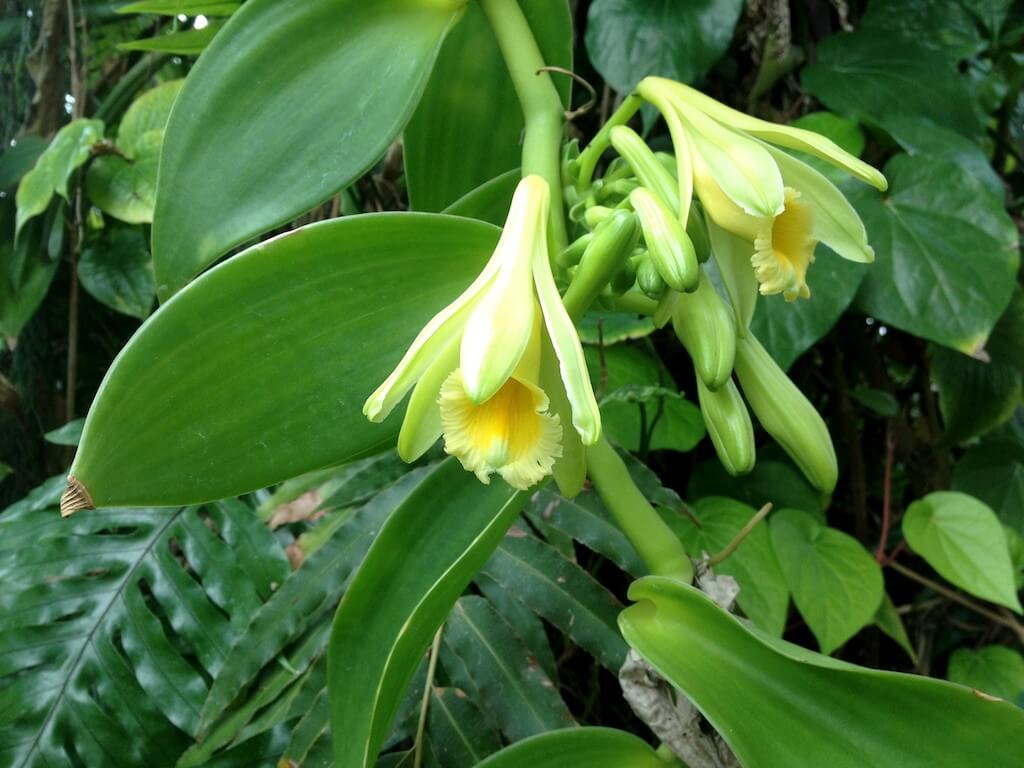
Keep in mind that if you are growing vanilla orchids, they are a vining plant that requires support. Orchid plants growing on a wire frame, plastic, wood, or other non-organic support, thrive equally well as orchids grown on living trees. However, note that if its connection to the soil is severed, the plant will die.
Planting Vanilla Plants
One of the most important steps to cultivating a healthy and productive vanilla plant is to make sure that the vanilla orchid is planted correctly. Select an orchid pot with excellent drainage. Fill the pot halfway with the terrestrial orchid mixture and fir bark.
Related Post: Self-Watering Planters
Trim off approximately one-third of the roots of the orchid plant with sanitized scissors or a sharp, sterile knife. Place the plant in the orchid pot and fill it up with the fir bark mixture.
How to Maintain Your Vanilla Plant
Keep your plants in a warm and brightly lit area out of direct sunlight to avoid burning the tender leaves. It’s also essential to keep vanilla orchids out of drafts from open windows, air conditioners, or the furnace.
When they’re grown indoors, all orchids, including vanilla orchids, do best when they’re grouped together with other houseplants and placed on a pebble tray kept partially full of water to add moisture to the air.
A rapid grower, vanilla orchids demand food. Fertilize your vanilla plant bi-weekly with diluted orchid fertilizer. Vanilla orchid plants also require a lot of moisture. However, it is important to be consistent to make sure the plant roots are kept evenly moist while allowing the top couple of inches of soil to dry out completely between watering.
Harvesting Vanilla Plant Pods
The vanilla pods, which grow to a length of 6 to 9 inches, are ready for harvest approximately 8 to 10 months after the flowers first appear. The long brownish seedpods are harvested when mature but not fully ripe. The most expensive beans are harvested daily from vanilla plant pods allowed to ripen on the vine.
Green pods, picked early, are cured and fermented to improve the fragrance and flavor of the more than 200 natural chemical compounds that make up the complexity of the desired vanilla flavor.
Make Your Own Vanilla Extract
If you want to save money and have the satisfaction of making your own vanilla extract, you can use the pods from your vanilla plant or buy vanilla beans in bulk online or from your local fresh market.
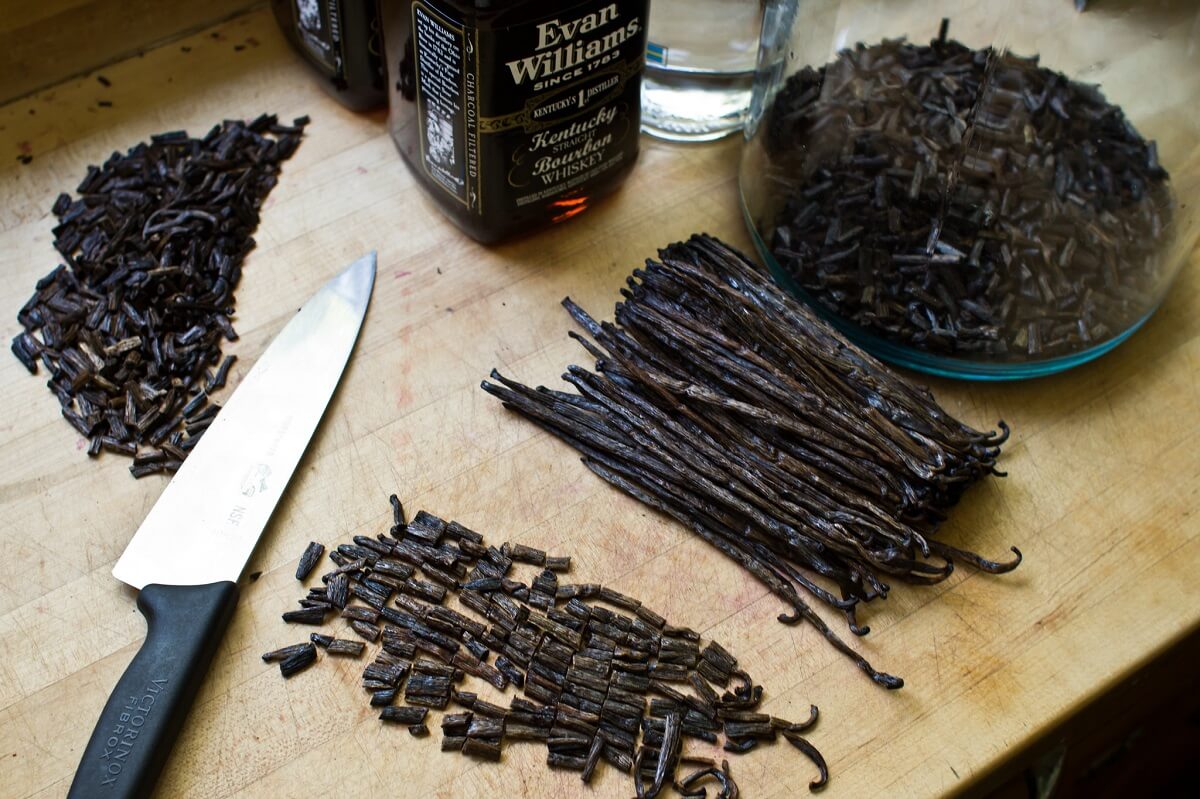
Making vanilla extract at home saves as much as 2 dollars an ounce over the store-bought price for pure and natural vanilla. All it takes is quality vodka and patience. You may opt to use rum, bourbon or brandy, but regardless, alcohol is required as a solvent to leech the flavor from the beans.
When making vanilla extract, I prefer to use vodka as the character is neutral and the taste of the alcohol does not impact the flavor of the extract.
Directions
- Place 6 to 10 vanilla beans in a sterile one-quart glass canning jar.
- Cover the beans with your choice of alcohol, making sure the beans are completely submerged in the liquid.
- Let the vanilla beans soak for 8 to 12 weeks, shaking the jar vigorously once a week.
When you use vodka, it is easy to tell when the vanilla extract is ready to use because the clear liquid will turn a deep golden brown color when it’s finished.
When the extraction process is complete, transfer the extract to smaller glass bottles with an airtight lid for storage or gift giving.
Types of Natural Vanilla
There are many diverse varieties of vanilla, each with a distinctly different flavor that pairs best with different types of dishes.
- Indonesian vanilla has a mild earthy flavor with a smoky aftertaste.
- Vanilla from Tahiti has a semi-sweet, mild flavor with a subtle, lingering fragrance. It is also the most expensive vanilla and a crucial ingredient preferred by chocolatiers.
- Mexican vanilla extract, with a strong scent and spicy aftertaste, pairs best with chocolate and cinnamon flavored baked goods.
The Search for the World’s Purest Vanilla
At one time, almost all of the world’s pure vanilla extract for use in food and pharmaceuticals came from Mexico. It was considered the very best and purest vanilla available for hundreds of years.
However, by allowing the mislabeling of artificial vanillas, Mexican vanilla lost is credibility, and gourmet chefs looked elsewhere for the pure extract.
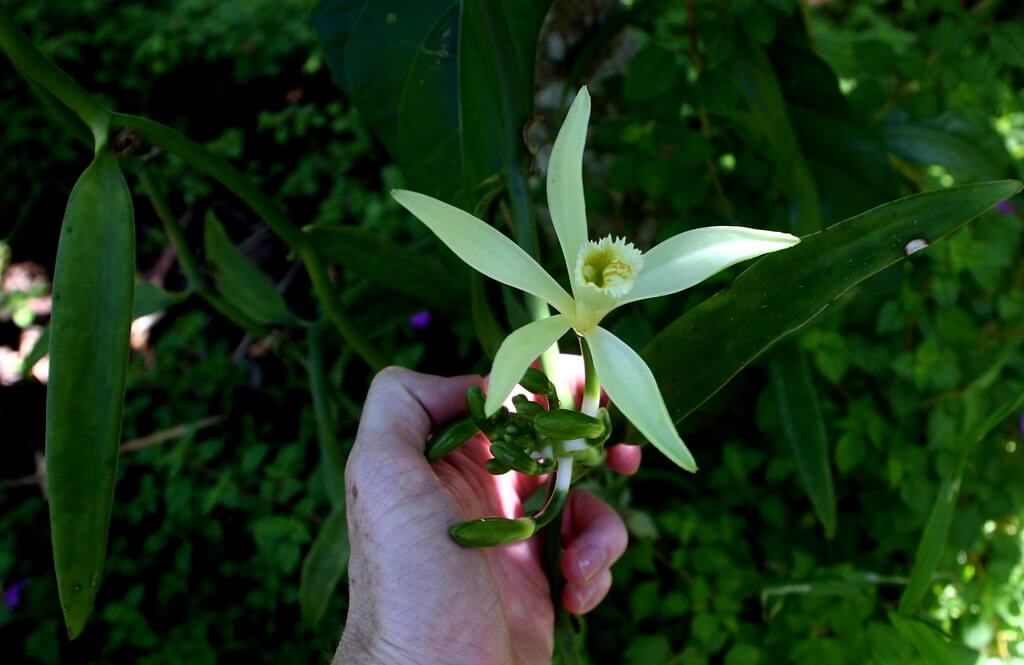
Mexico controlled the production of vanilla worldwide because of the Melipona bee, a very small, stingless pollinator that is only found in Mexico. Although commercial vanilla production was attempted in several other tropical countries, attempts at commercial production proved unsuccessful.
It wasn’t until a young slave named Edmond Albius invented hand pollination of the vanilla orchid blossoms in 1832, that Madagascar commercial vanilla orchid production proved successful. He was only 12 at the time he came up with this revolutionary technique on what was then the Island of Bourbon.
Processed using the “Bourbon” curing method, vanilla beans from Madagascar retain high moisture content with a distinctive aroma and flavor profile. Aromatic Madagascar Bourbon vanilla is dark, rich and creamy with a sweet buttery aroma.
Madagascar production eclipsed that of Mexico in the 1960s and since that time, has been leading all other vanilla growing countries in vanilla bean production. Today, when it comes to vanilla, Madagascar and its dependencies, Java, Ceylon, Reunion, Mauritius, Reunion, and the Seychelles Islands, rule the world.
References:
- Vanillin, United States Library of Medicine
- Vanilla Orchid, Purdue University Horticulture
- Sample Records For orchid vanilla planifolia, Science.gov
- Plant of the Week: Vanilla, University of Arkansas Extension
- Vanilla Orchid Care – How to Grow Vanilla Orchid, Gardening Know How


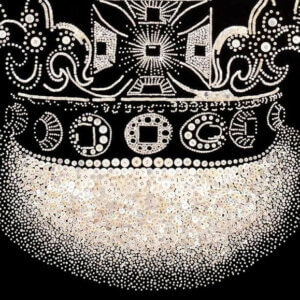

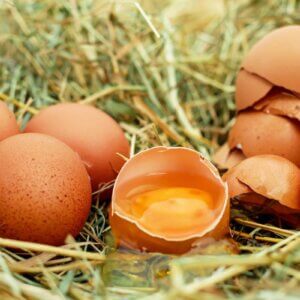


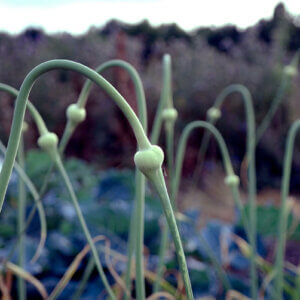
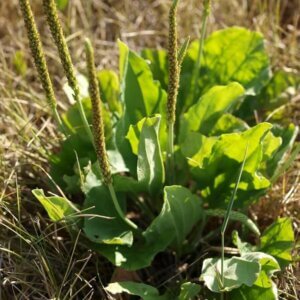
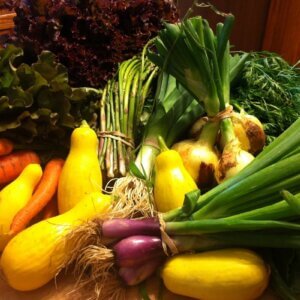
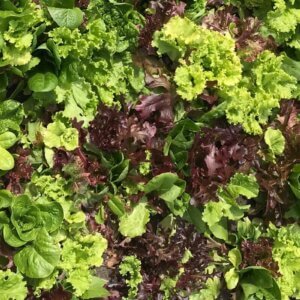


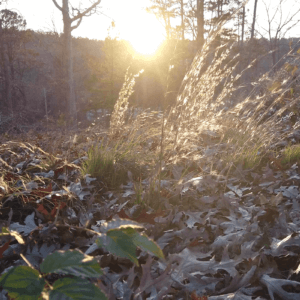
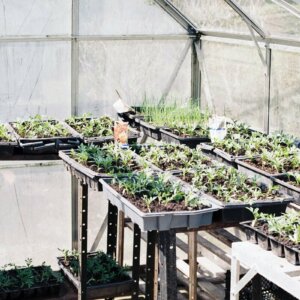

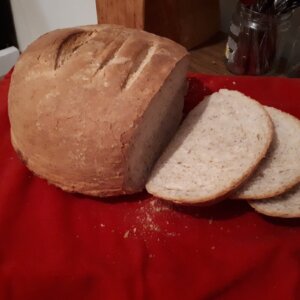
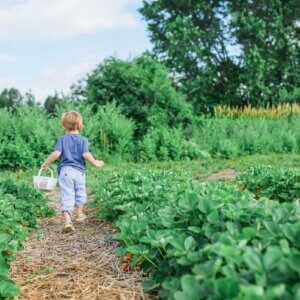

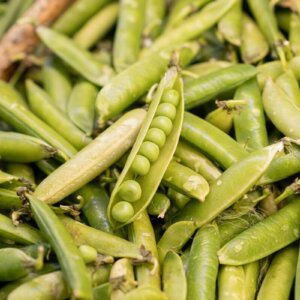
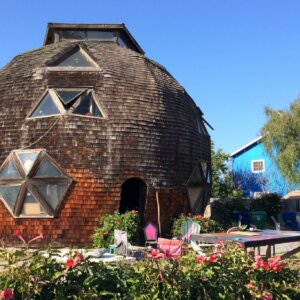
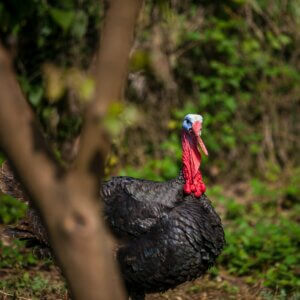
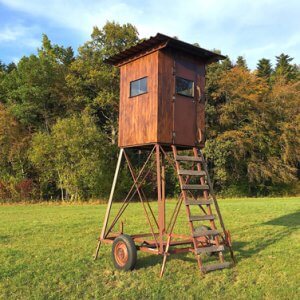
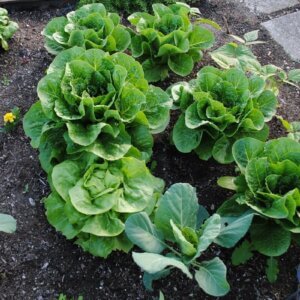
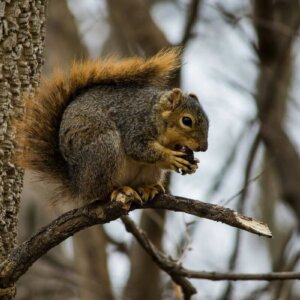

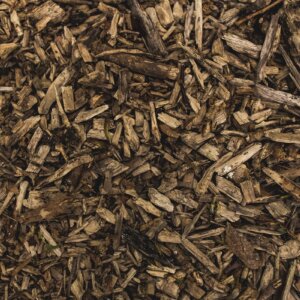


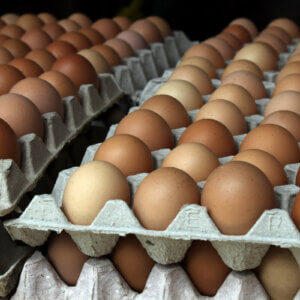

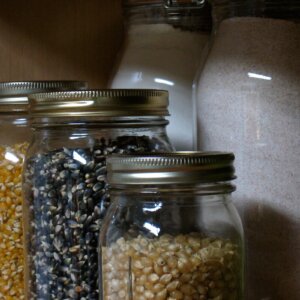

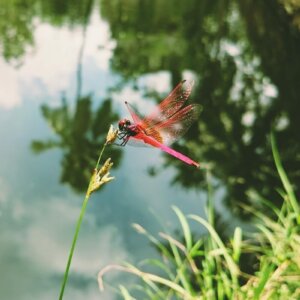
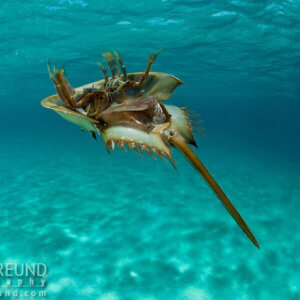
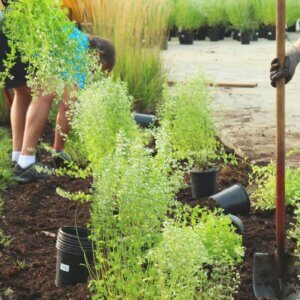
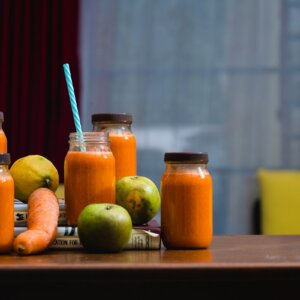
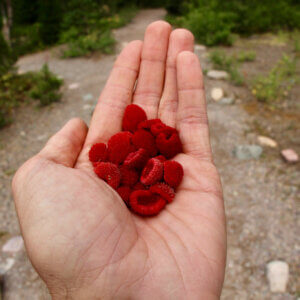
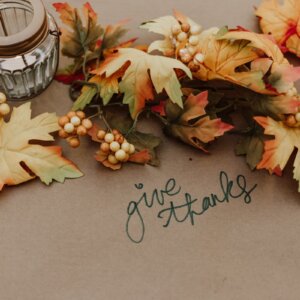



I’ve been toying with the idea of producing our own vanilla (once we get the greenhouse built) and this may very well have just convinced me to try it. It sounds like a challenge, but a worthy one! And having a beautiful orchid as a bonus just seals the deal. Do you know of any resources that detail how to hand-pollinate? Thanks!